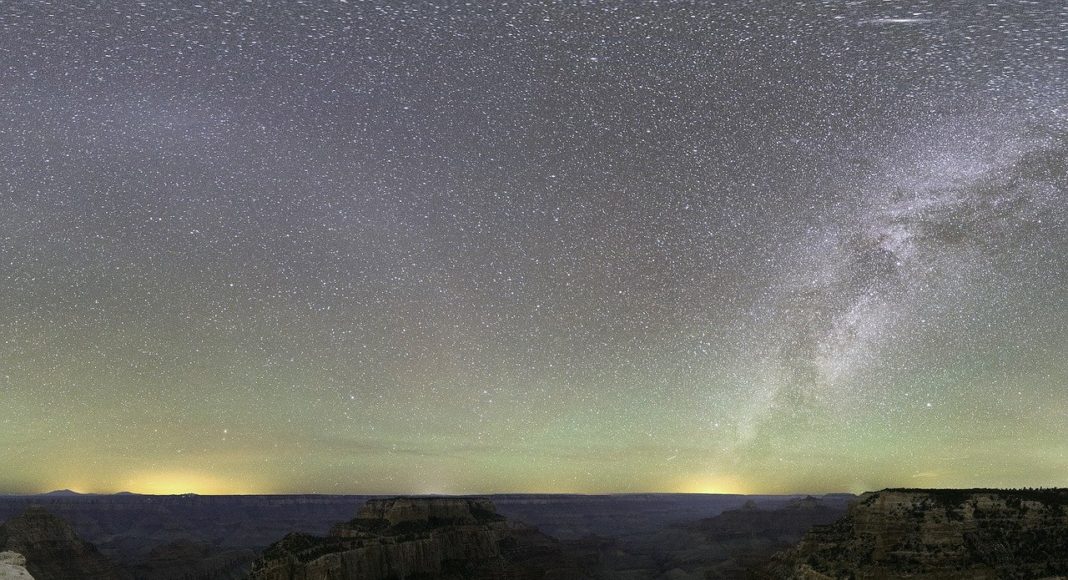
Rebecca Solnit is a wonderfully provocative writer. Her stock-in-trade is seeing the possibilities of breakthrough in the midst of breakdown. I came to know her work first from her A Field Guide to Getting Lost, which explores the new worlds to be found should we manage to become, or find ourselves, lost.
Her 2009 book A Paradise Built in Hell may be a book for these times. When the weight of increasingly dire forecasts of economic and social disruption bear down on us, Solnit’s work suggests that something remarkable — some kind of paradise — often emerges right in the midst of disaster’s hell.
“Disasters are extraordinarily generative,” writes Solnit. Her book is an examination of what happened amid five major disasters, beginning with the 1906 San Francisco earthquake and concluding with Hurricane Katrina in 2005. Partly her accounts record the heartwarming acts of heroism, the outpourings of generosity and the creative ways people find of rising to the occasion in such times.
In these reports Solnit also contests what has often been imagined by disaster movies and forecast in media, that at such times people will become isolated, hysterical, and vicious. “The study of disasters makes it clear that . . . the prevalent human nature in disaster is resilient, resourceful, generous, empathetic, and brave.”
Meanwhile, “the language of therapy,” which some argue has come to dominate our culture, “speaks almost exclusively of the consequences of disaster as trauma, suggesting a humanity that is unbearably fragile, a self that does not act but is acted upon, the most basic recipe of the victim.” Solnit sees human beings as much more durable and creative than therapy’s reliance on the trauma framework suggests.
What Solnit finds instead is not only the brave and resourceful but something akin to an earthly utopia, a paradise built in hell, as people heave to do what needs to be done and are elevated by the experience. “The positive emotions that arise in those unpromising circumstances demonstrate that social ties and meaningful work are deeply desired, readily improvised, and intensely rewarding.” She finds joy swirling up out of disaster.
Her point, however, is not limited to documenting human goodness at such times. She sees far broader implications. Disasters are “extraordinarily generative.” From them emerge new ways of seeing the world and one another. Fruitless preoccupations suddenly fade away. Hitherto unimagined possibilities emerge.
Of course, one might note certain differences between the disasters Solnit studies and our current pandemic. Her subjects tend to be located in a particular time and place, their assault and consequences visible. Ours is an invisible virus and a more rolling disaster. Still, with acknowledgment of the differences, her insights offer welcome perspective.
“The word emergency,” Solnit points out comes from emerge, to rise out of, the opposite of merge, which comes from mergere, to be within or under a liquid, immersed, submerged. An emergency is a sudden separation from the familiar, a sudden emergence of a new atmosphere, one that often demands we ourselves rise to the occasion . . . to emerge into the unexpected is not always terrible.”
A sub-theme of Solnit’s is that the powers-that-be tend to have a vested interest in getting “back to normal” asap. “The elite often believe that if they themselves are not in control, the situation is out of control, and in their fear take repressive measures that become secondary disasters. But many others, [ordinary people] who don’t hold radical ideas, don’t believe in revolution, don’t consciously desire profound social change find themselves in a transformed world leading a life they could not have imagined and rejoice in it.”
The word disaster means literally “without a star to guide us.” If Solnit is right, disaster might also mean seeing older stars as if for the first time (now that air quality has improved), as well as discovering some new ones to guide us in the future.
Discover more from Post Alley
Subscribe to get the latest posts sent to your email.

